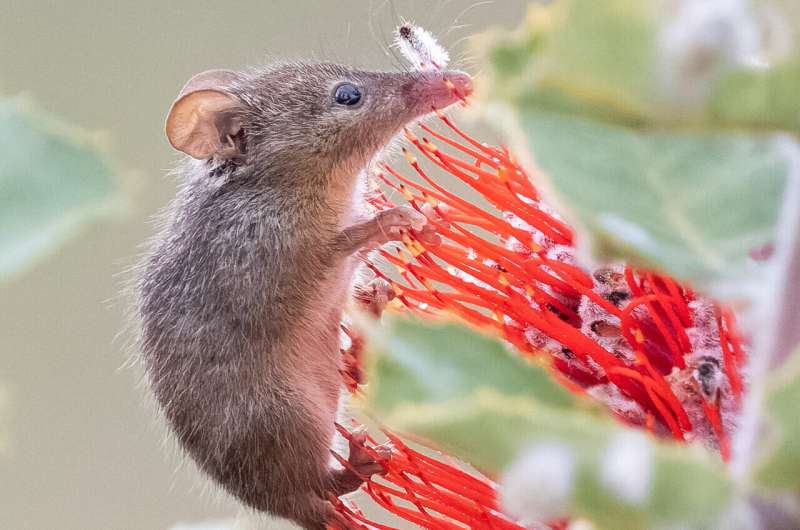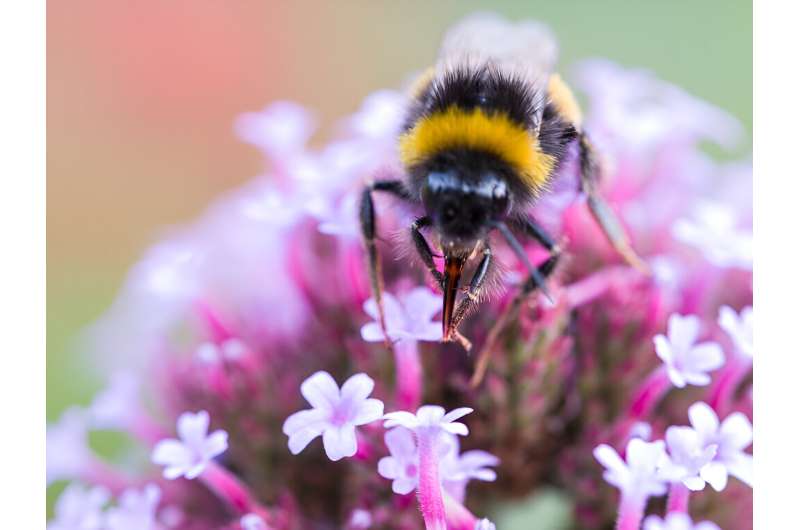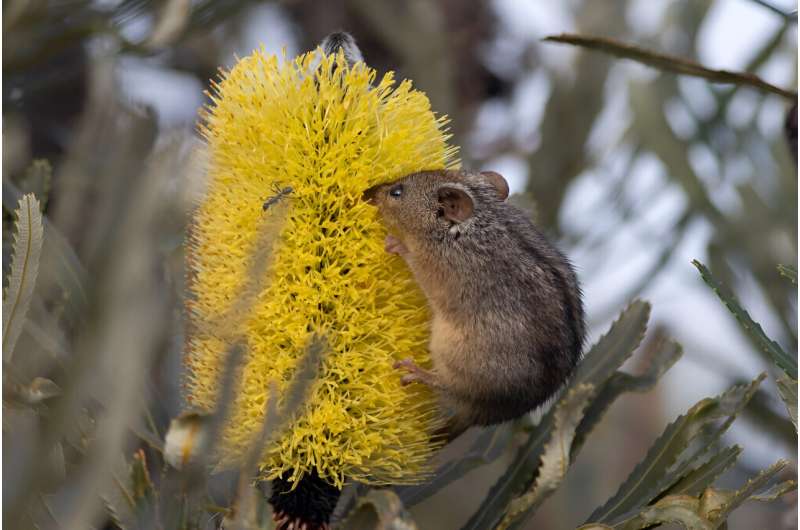Nectarivores: A world of sweet-toothed critters

If you have a sweet tooth, you'll be familiar with the burst of energy known as a sugar rush. But what if your survival depended on it? Would you love it as much? Animals get the nutrients they need from different sources.
They have been broadly classified as , and . But animal diets are more varied and specific. For instance, a ivore is the term for an animal that feeds mostly on nectar.
In other words, nectarivores feed on liquid candy. Nectarivores need the energy that nectar provides to maintain their .
But plants need these animals to feed on nectar too.
When nectarivores sip on nectar, they collect scattered produced in a flower's anthers (male reproductive organs). Then, when they visit another flower, they help transfer the pollen to the flower's stigma (female reproductive organ). This is how occurs. And without pollination, there would be no plants.
WA is home to a variety of avid , including approximately of .
And although not native to WA, the European honeybee is one of the .

A honeybee's tongue is called a . It is a that .
are another nectarivore that's widespread across Western Australia. Like the European honeybee, they are an , but a key part of WA's landscape. They have that extend to capture and savor nectar from bottlebrush, eucalyptus and grevillea flowers.
And then there are natives like the elusive . This small marsupial has a and a as long as its head. These adaptations help it sip rapidly on its favorite flowers. A convenient adaptation, since it can .
Nectar is a wonderful treat, but not every animal can get a taste of it. It is usually reserved for animals with specific traits, like those previously described.
Sometimes, flowers will only attract a specific kind of pollinator, leading to what scientists have named .
These tight bonds between animal and flower are forms of ecological . And scientists have found that the is home to a variety of these interactions. For instance, visited mainly by bees tend to be small, blue and yellow and to store pollen inside them.

And have (known as palpi), which allow them to extract nectar from the long silky-leaved blood flowers.
Nectarivores come in many shapes and sizes. And so do their tongues.
As pollinators, they are responsible for our and . Therefore, protecting our nectarivores means ensuring our own survival.
As many , protecting nectarivores is fundamental.
Because who would have known that a sweet tooth could do so much for us?
Provided by Particle
This article first appeared on , a science news website based at Scitech, Perth, Australia. Read the .


















